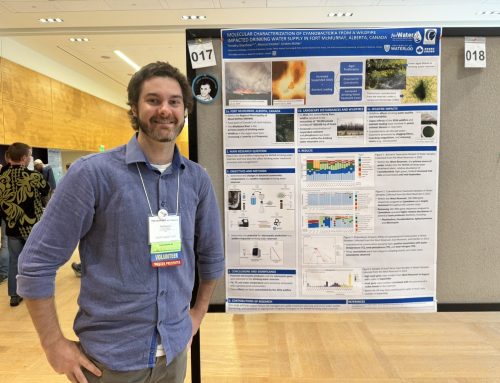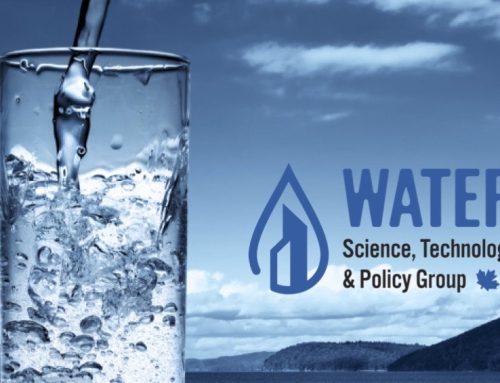
Essential Information Shared in New Chapter on Climate Change Implications for Drinking Water
Monica Emelko, professor in Civil and Environmental Engineering and expert in water quality and treatability science, is a lead author of a new chapter titled Climate Change Implications for DBP Occurrence in Municipal Drinking Water, featured in The Handbook of Environmental Chemistry (Springer, 2024). This contribution offers critical insights into the evolving challenges posed by climate change to municipal water supplies.
The chapter explores how warming global temperatures, hydroclimatic changes, and climate shocks disrupt landscapes, influencing the mobilization and delivery of disinfection by-product (DBP) precursors to water systems. DBPs, formed during water treatment processes, are a persistent concern for water managers due to their potential health risks. The authors examine how alterations in land cover, soil characteristics, erosion, and runoff impact DBP precursor behavior, presenting a framework to understand these interlinked processes.
“Climate change is reshaping how landscapes interact with water systems,” says Dr. Emelko. “This chapter highlights the importance of considering these dynamics to ensure safe and sustainable drinking water supplies amid a changing climate.”
Dr. Emelko’s research focuses on safeguarding drinking water sources in the face of environmental challenges. Her work continues to bridge the gap between academic research and practical water management, offering actionable solutions for communities worldwide.
This chapter, co-authored with esteemed colleagues Dr. Chow, Dr. Amiri, Dr. Chen, and Dr. Stone, underscores the importance of collaborative, interdisciplinary approaches to addressing climate-driven threats to water quality.
As global temperatures rise and extreme weather events become more frequent, the insights shared in this chapter will be invaluable for water resource managers and policymakers seeking to protect public health and enhance climate resilience in water systems.





